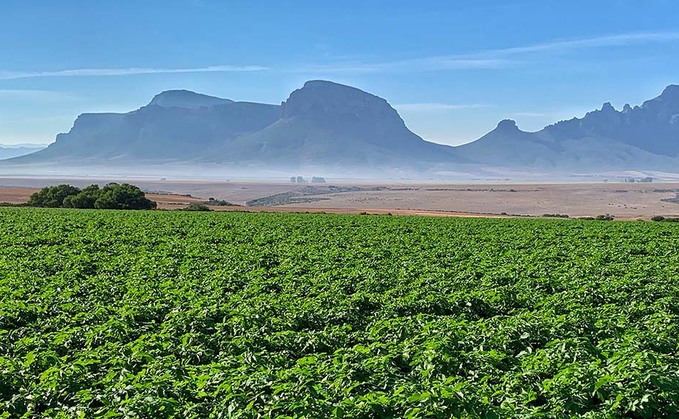
Improving soils and grassland is the focus for Rob Visser, who makes artisan cheeses from the milk produced by his 130-cow Jersey herd.Chris McCullough reports. Surely there is no better place to run...

Improving soils and grassland is the focus for Rob Visser, who makes artisan cheeses from the milk produced by his 130-cow Jersey herd.Chris McCullough reports. Surely there is no better place to run...